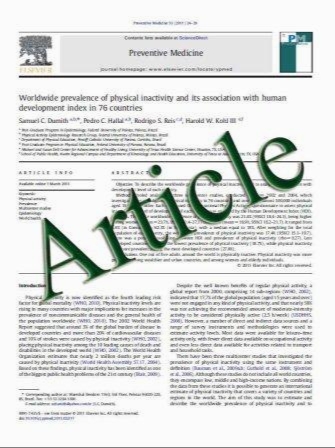The effect of multiple channeling on the structural integrity of repaired rotator cuff
- نوع فایل : کتاب
- زبان : انگلیسی
- مؤلف : Chris Hyunchul Jo • Kang Sup Yoon • Ji Ho Lee • Seung Baik Kang • Jae Hyup Lee • Hyuk Soo Han • Seung Hwan Rhee • Ji Sun Shin
- چاپ و سال / کشور: 2011
Description
Purpose The purpose of this study was to investigate the effect of adding multiple channeling of the greater tuberosity on the structural integrity of the repaired rotator cuff tendon. Methods Fifty-six consecutive patients who underwent arthroscopic rotator cuff repair and postoperative computed tomography arthrography (CTA) were included in this study; 31 consecutive patients that underwent conventional repair and 25 subsequent patients that underwent conventional repair with multiple channeling. Using CTA, the repaired rotator cuff was evaluated as either intact, incomplete, or complete leakage at the insertion and in the tendon separately. The integrity type and overall integrity was then determined by the combination of the insertion and tendon grade. Factors affecting integrity were also evaluated. Results At the insertion, multiple channeling significantly improved integrity; complete leakage in 35.5% in the conventional group and 4.0% in the multiple channeling group (P = 0.017). In the tendon, no significant difference was observed between the two groups. Integrity types were significantly different between the two groups (P = 0.009). For overall integrity, discontinuity was more frequently identified in the conventional group (35.5%) than in the multiple channeling group (16.0%), but it was not statistically significant. With regard to causes of discontinuity, all were due to retears in the conventional group, while 75% were due to new tears in the multiple channeling group (P = 0.009). Conclusion Multiple channeling is simple and easily performed without any special instrument and might augment the healing of repaired rotator cuff tendons. It could be a useful technique in rotator cuff repair helping healing. Level of evidence Retrospective comparative study, Level III.
Knee Surg Sports Traumatol Arthrosc DOI 10.1007/s00167-011-1520-2 Received: 23 December 2010 / Accepted: 12 April 2011


